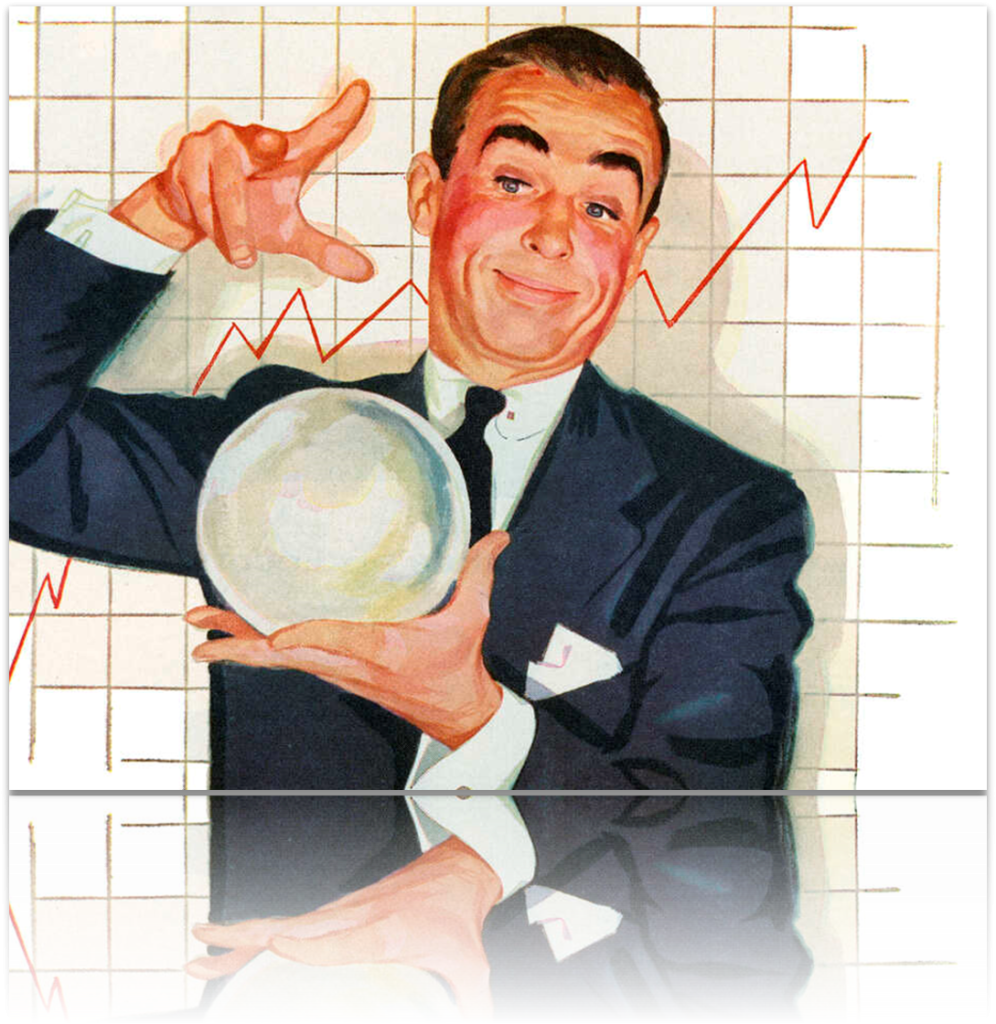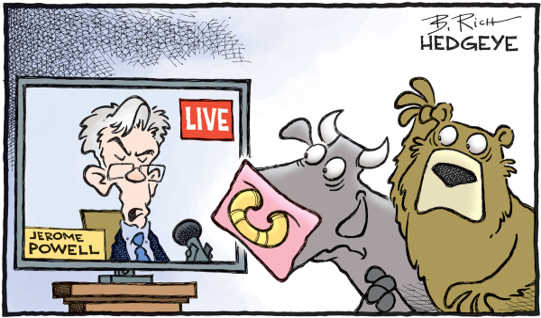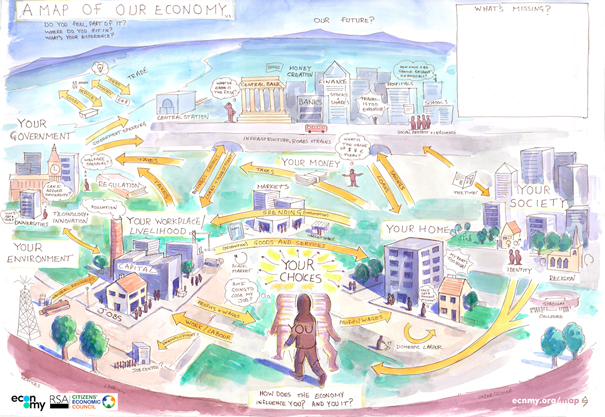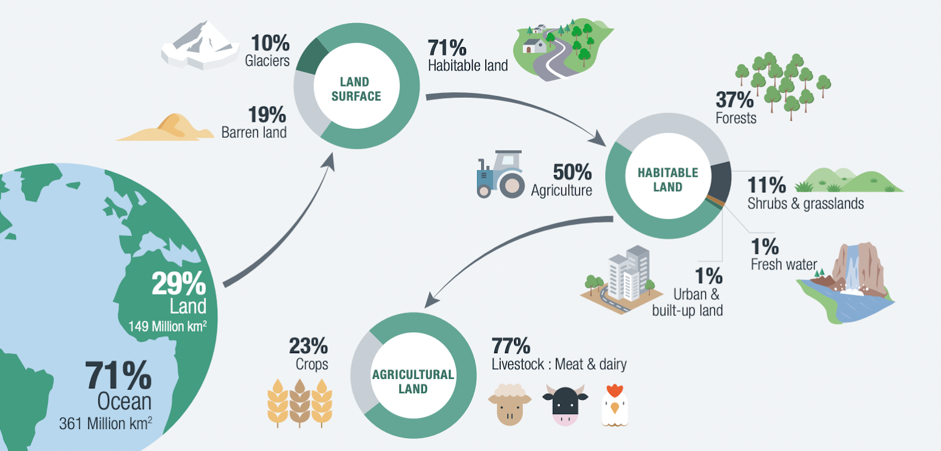Suggestions for incremental change to macroeconomics courses, drawn from the ten building blocks of Economy Studies.
General approach
Change often happens incrementally and slowly. In the economics textbook market, for example, there is an unwritten rule that new textbooks cannot differ more than roughly 15% from the standard textbook in order to be ‘acceptable’ (Colander, 2003).
While our book clearly breaks this rule and proposes more far-reaching and fundamental changes in most chapters, in this chapter we focus instead on how existing courses could be adjusted incrementally. By doing so, we hope to assist educators in improving and adapting the courses they teach without needing to rip them up and start again, as well as helping students make suggestions for how this could be done.
First, we set out the typical contents of current courses. Second, we provide our suggested additions and changes. It is important to note that we pose all these suggestions as potential sources of inspiration, not a checklist of all the things that necessarily should be included. After all, there is a practical limit to what can be taught within a single course.
Courses:
Typical contents of current courses
Current macroeconomics courses typically focus mainly on ideas and models of the neoclassical-Keynesian synthesis, sometimes also called neo-Keynesian macroeconomics, frequently complemented with monetarist critiques and alternative models. Key models to which a lot of teaching time is devoted are the aggregate demand-aggregate supply model, IS-LM model, and the Phillips curve. Sometimes the topic of economic growth, in particular the Solow and Ramsey growth models, are also included. In more advanced macroeconomics courses, dynamic stochastic general equilibrium (DSGE) models, with both their new classical and new Keynesian variants, are often central. In this way, topics, such as unemployment, inflation, growth, monetary and fiscal policy, are analysed using concepts such as adaptive and rational expectations.
Frequently used textbooks:
- Principles of Macroeconomics by Gregory Mankiw
- Macroeconomics by Andrew B. Abel, Ben Bernanke, and Dean Croushore
- Macroeconomics by Campbell R. McConnell, Stanley L. Brue and Sean Masaki Flynn
- Macroeconomics by Glenn Hubbard, Anthony Patrick O’Brien and Matthew P. Rafferty
- Macroeconomics by Olivier Blanchard
- Macroeconomics by Paul Krugman and Robin Wells
- Macroeconomics by Robert J. Gordon
- Macroeconomics by Stephen Williamson
- Macroeconomics by William Boyes, Michael Melvin
- Macroeconomics: Policy and Practice by Frederic Mishkin
- Macroeconomics: Principles and Policy by Alan Blinder en William Baumol
- Macroeconomics: Theories and Policies by Richard T. Froyen
- Intermediate Macroeconomics by Dennis W. Jansen, Charles D. Delorme and Robert B. Ekelund
- Intermediate Macroeconomics by Robert Barro
- Advanced Macroeconomics by David Romer
Suggested additions and changes
Relevant teaching packs
Recommended books
- Macroeconomics in Context by Neva Goodwin, Jonathan M. Harris, Julie A. Nelson, Pratistha Joshi Rajkarnikar, Brian Roach, and Mariano Torras, most recent edition from 2023. A useful textbook that treats much of the traditional content, but pays considerably more attention to questions related to financial crises, social inequality and environmental sustainability.
- Macroeconomic Principles and Problems: A Pluralist Introduction by Geoffrey Schneider, from 2022. An engaging entree into the world of economic ideas, capitalism, inflation, unemployment, fiscal and monetary policy, development, finance and trade.
- Macroeconomics by William Mitchell, L. Randall Wray, Martin Watts, from 2019. This ground-breaking and much-discussed textbook written by three leaders of Modern Monetary Theory (MMT), describes in detail the history of economic thinking about the state and macroeconomy as well as recent theoretical and policy debates.
- Money and Government: The Past and Future of Economics by Robert Skidelsky, from 2018. This well-written and insightful book introduces readers to historical and current debates about the state, with particular attention to neoclassical and Keynesian ideas.
- Economics: The User’s Guide by Ha-Joon Chang, from 2014. Perhaps the most accessible and yet insightful introduction book into economics, with attention to what economics is, why it’s relevant to learn, economic history, and a broad range of topics including output, unemployment and the state.
- Introducing a New Economics by Jack Reardon, Molly S. Cato, Maria A. C. Madi, from 2018. An accessible textbook which introduces students to the topics of unemployment, investment, financial crises, and fiscal and monetary policy, from the post-Keynesian, Austrian, Marxian, and neoclassical perspectives.
- The Economy by The CORE Team, from 2017. This textbook discusses many macroeconomic topics, such as unemployment, inflation, monetary policy, and growth, while including recent mainstream insights and empirical findings
- Economics After The Crisis by Irene van Staveren, from 2015. This textbook discusses the topics of the state, public goods, macroeconomic flows, and economic growth from the neoclassical, institutional, social and post-Keynesian perspectives.
- Capitalism by Geoffrey Ingham, from 2008. A highly insightful introduction into capitalism with chapters on key ideas from Smith, Marx, Weber, Schumpeter and Keynes, and core institutions, such as market exchange, the enterprise, money, capital, financial markets and the state.
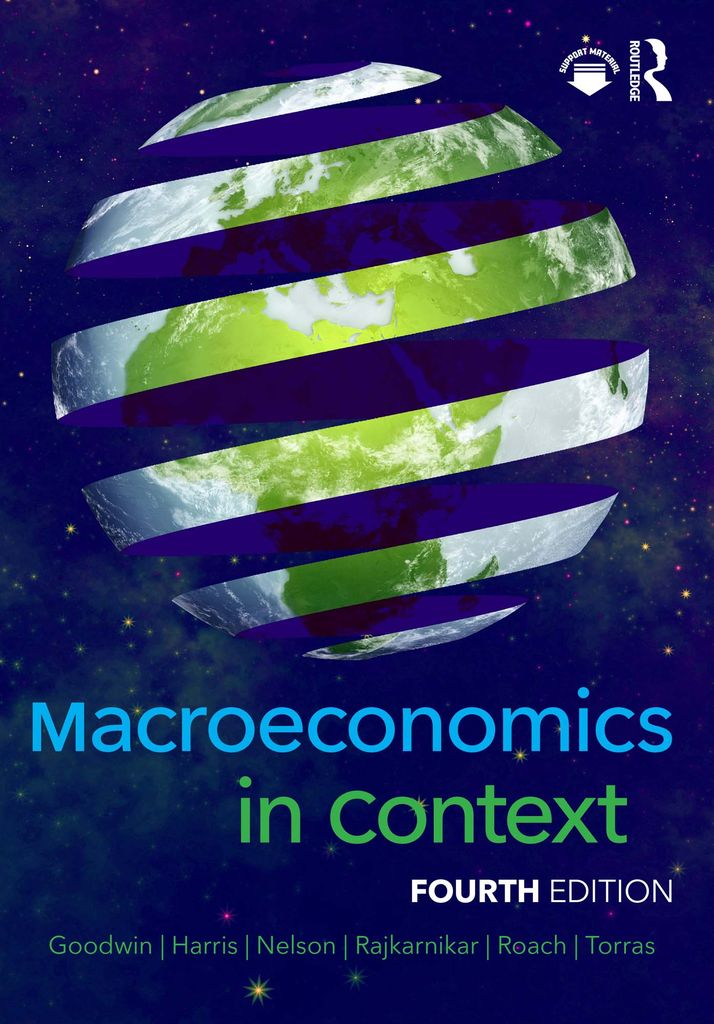
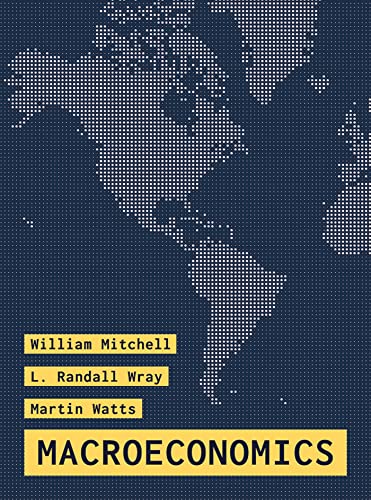
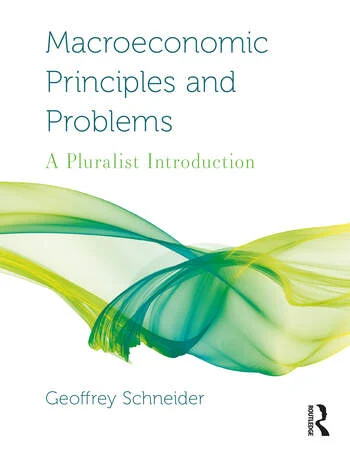
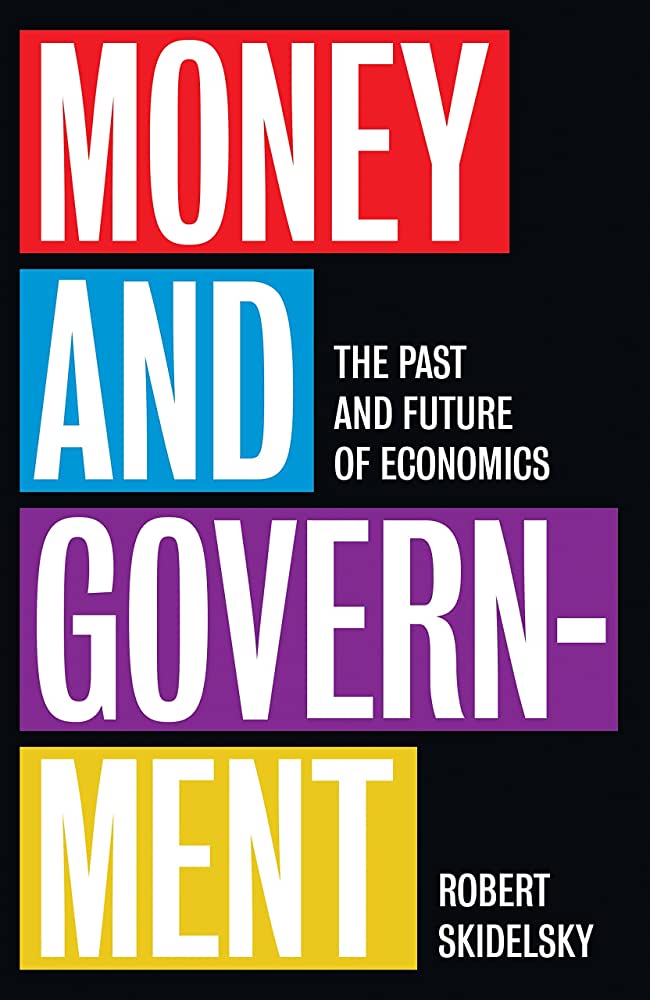
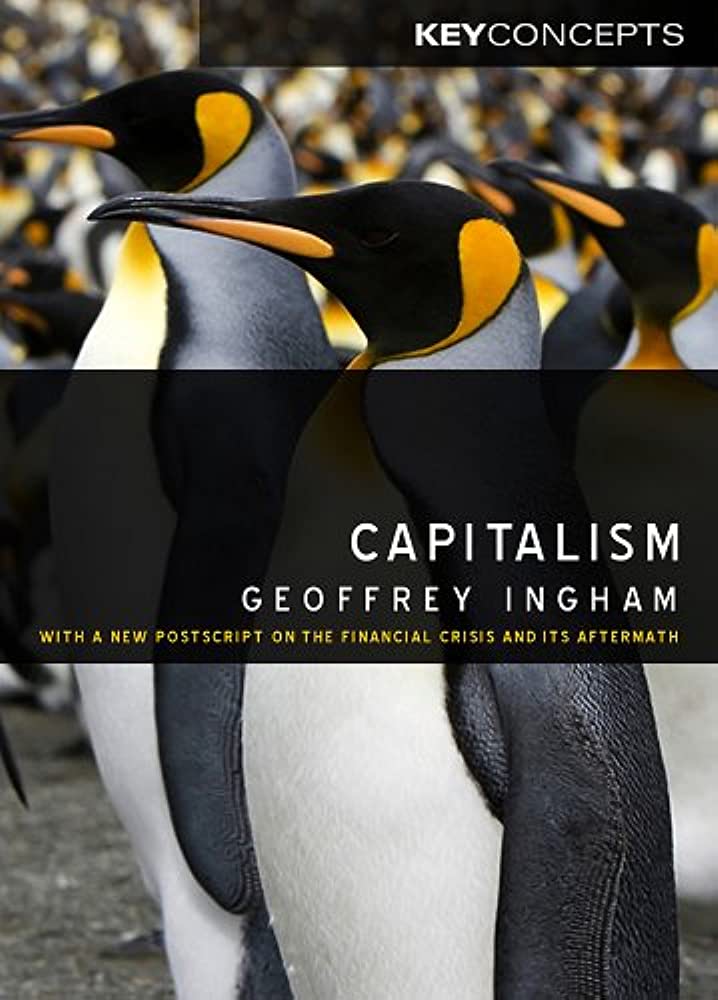
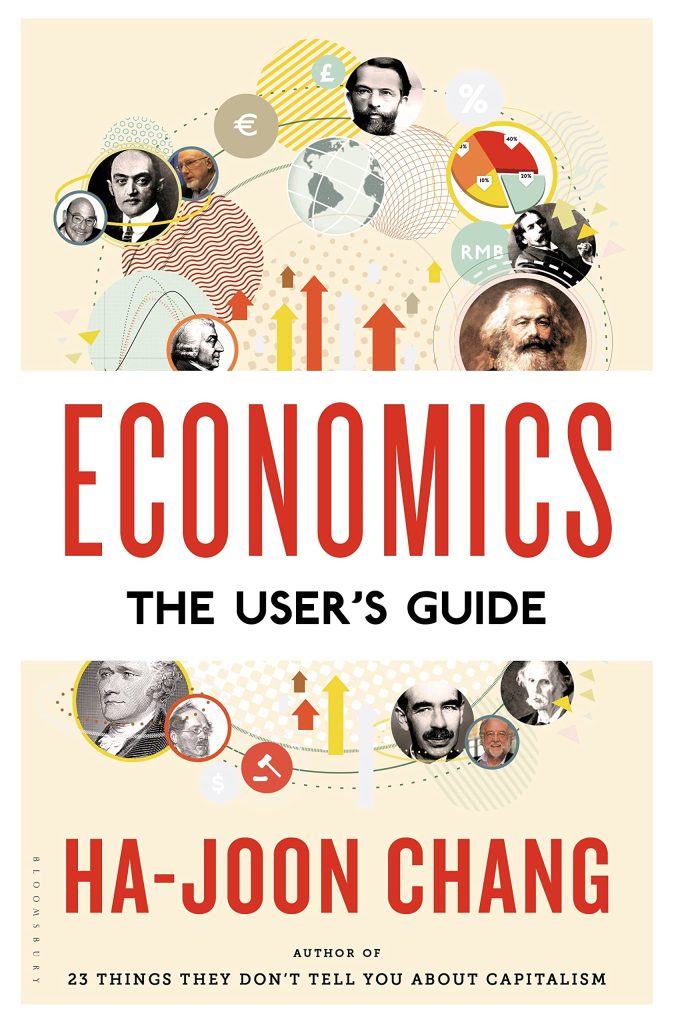
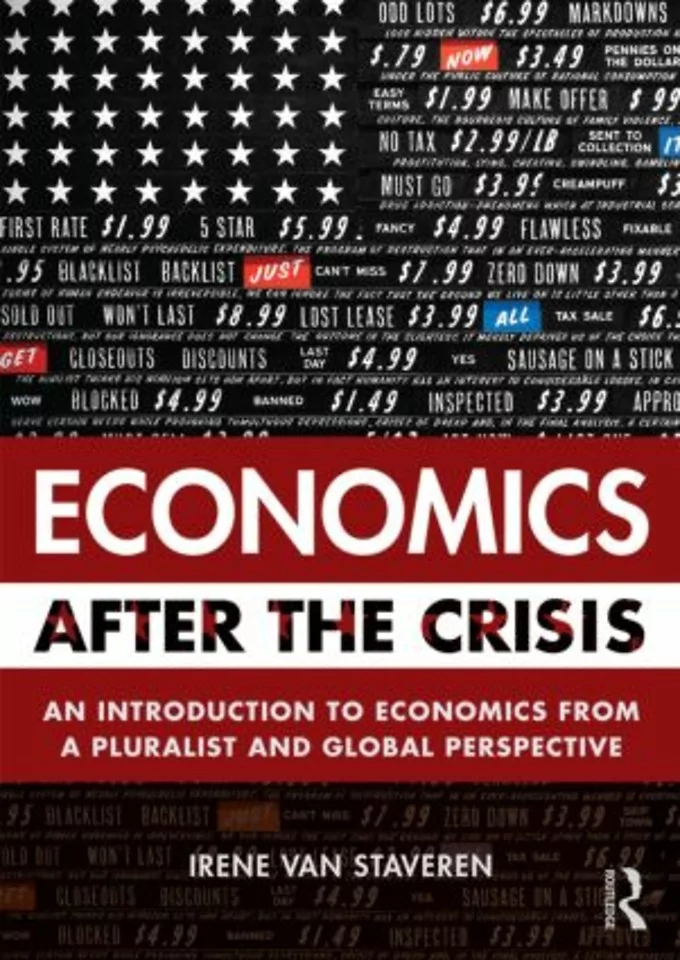
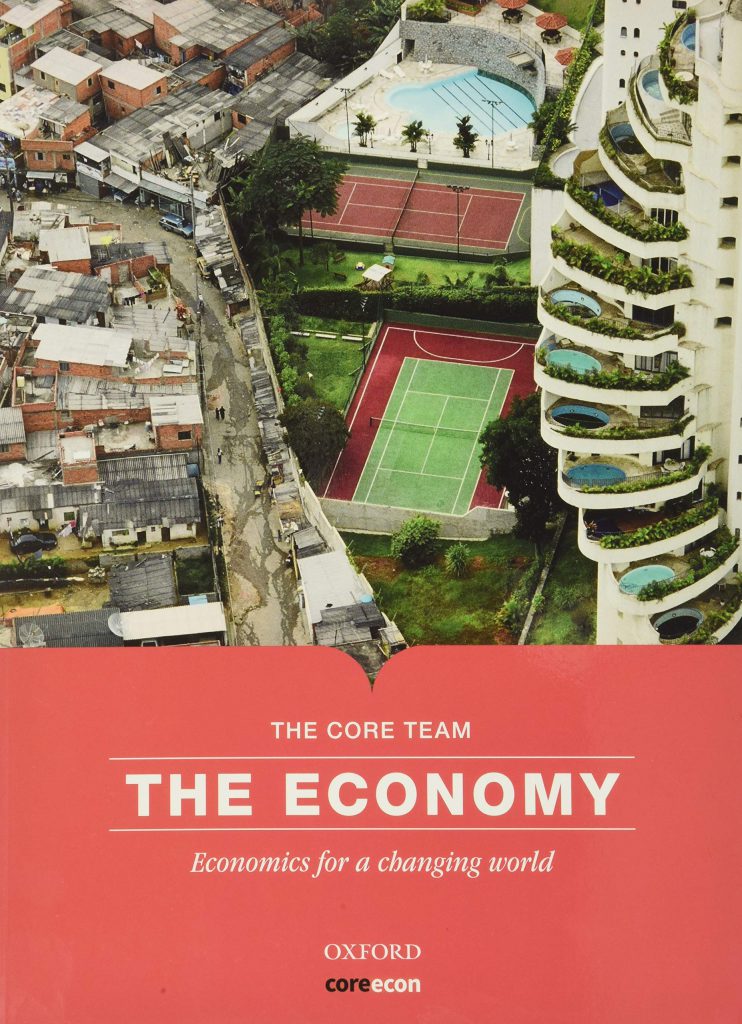
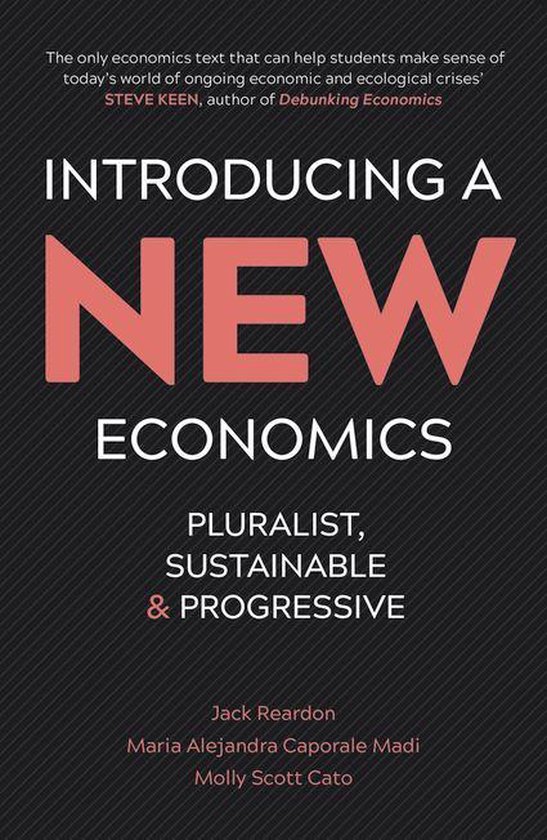
Practical skills and real-world knowledge
Macroeconomics courses are often strongly focused on theoretical models. While theory is crucial, it is also important to make students familiar with the real-world economy around them. In particular, it can be useful to teach students about the main institutions that shape the national economy in which the course is given, such as its regulatory or social security system, its economic ministries and central bank, labour unions and employers associations. Besides this, it can be helpful to show students how various indicators, such as unemployment, inflation, life-satisfaction, income and wealth inequality, carbon footprint, and household, corporate, and public debt levels, have developed. These indicators are often variables in models, so this real-world knowledge will enable them to also better understand and put in context the theories they are learning.
One could use our 30-minute This Month in the Economy Exercises to bring recent developments into the classroom. Or our Economy Studies Essential Lecture: The Practice of Central Banking with ECB Director Ulrich Bindseil by the Centre for Economy Studies, from 2022. This free open access teaching pack is designed for 90-minute (online or offline) sessions that can be added to existing courses.
For more detail, see Building Block 2: Know Your Own Economy and Building Block 9: Problems & Proposals.
A range of analytical tools and approaches
Macroeconomic theory is a relatively contested field. Nevertheless, there are many important insights that students could learn. Besides the key ideas and models of the neoclassical-Keynesian synthesis, it could be interesting and relevant to introduce students to Austrian and post-Keynesian ideas about how macroeconomies function and how malinvestment and effective demand are crucial. Since government policy has a central role in macroeconomics, it could also be useful to introduce students to the different economic perspectives on governments with ideas such as discretion, rule-bound policy, the entrepreneurial state and nudging.
Furthermore, it is important to discuss, and let students debate, how these various theories and models can and should be used and applied in practice. How should one choose a model or theoretical approach when trying to tackle a real-world problem? How should one use the theories, what can they tell you about the world and what are their limitations? These matters can be discussed systematically by teaching philosophy of science to students.
For more detail, see Building Block 7: Research Methods & Philosophy of Science, Building Block 8: Economic Theories.
Teaching Materials
- Macroeconomics in Context by Neva Goodwin, Jonathan M. Harris, Julie A. Nelson, Pratistha Joshi Rajkarnikar, Brian Roach, and Mariano Torras, most recent edition from 2019. A useful textbook that treats much of the traditional content, but pays considerably more attention to questions related to financial crises, social inequality and environmental sustainability.
- Macroeconomic Principles and Problems: A Pluralist Introduction by Geoffrey Schneider, from 2022. An engaging entree into the world of economic ideas, capitalism, inflation, unemployment, fiscal and monetary policy, development, finance and trade.
- Economics After The Crisis by Irene van Staveren, from 2015, chapters 6, 7, 10, and 12. This textbook discusses the topics of the state, public goods, macroeconomic flows, and economic growth from the neoclassical, institutional, social and post-Keynesian perspectives.
- Economics: The User’s Guide by Ha-Joon Chang, from 2014, chapter 6, 10 and 11. This book provides a pluralist and accessible introduction into, among others, different economic approaches, the world of output, unemployment and the state.
- Introducing a New Economics by Jack Reardon, Maria A. Madi, and Molly S. Cato, from 2017, chapters 7, 12, 13 and 14. This textbook introduces the topics of unemployment, investment, financial crises, and fiscal and monetary policy, from the post-Keynesian, Austrian, Marxian, and neoclassical perspectives.
- The Economy by The CORE Team, from 2017, chapters 1, 2, 9, 10, 11, 13, 14, 15, 16, 17, 18, and 22. This textbook discusses many macroeconomic topics, such as unemployment, inflation, monetary policy, and growth, while including recent mainstream insights and empirical findings.
- Real World Macro, by Dollars & Sense, most recent edition from 2020. This collection of essays explores the empirical reality of many macroeconomic topics, such as unemployment, inequality, inflation, monetary and fiscal policy.
- Macroeconomics by William Mitchell, L. Randall Wray, Martin Watts, from 2019, chapters 20, 21, 22 and 23. This ground-breaking and much-discussed textbook written by three leaders of Modern Monetary Theory (MMT), describes in detail the history of economic thinking about the state and macroeconomy as well as recent theoretical and policy debates.
- Money and Government: The Past and Future of Economics by Robert Skidelsky, from 2018. This well-written and insightful book introduces readers to historical and current debates about the macro economy, with particular attention to neoclassical and Keynesian ideas.
- The Undercover Economist Strikes Back: How to Run or Ruin an Economy by Tim Harford, from 2013. An accessible and well-written introduction into macroeconomics, discussing various topics from dealing with recessions, unemployment and inflation, striving for (GNP) growth, happiness, sustainability and more equality.
Institutions and different ways of organising the economy
When teaching students macroeconomics, it can be very enriching and informative to discuss the basics of macroeconomic systems with them. So before going into the various theories about how capitalist economies and their markets function, one could discuss what capitalism is, what varieties it has and what other political-economic systems are. Basic knowledge about these matters enables students to put the taught theories better in perspective and context, allowing students to understand the more fundamental implications of the theories. It also helps students to engage in a more knowledgeable way in political discussions about the economy and reforming it.
For more detail, see Building Block 6: Political-Economic Systems.
Teaching Materials
- Capitalism by Geoffrey Ingham, from 2008. A highly insightful introduction into capitalism with chapters on key ideas from Smith, Marx, Weber, Schumpeter and Keynes, and core institutions, such as market exchange, the enterprise, money, capital, financial markets and the state.
- Capitalism: A Very Short Introduction by James Fulcher, most recent edition from 2015. A brief and yet useful book on capitalism’s definition, historical evolution, varieties, global networks, and recurring crises.
- Comparative economics in a transforming world economy by J. Barkley Rosser, Jr. and Marina V. Rosser, most recent edition from 2018. A highly useful and broad book describing many varieties of advanced market capitalism, varieties of transition among socialist economies, and alternative paths among developing economies, with chapters on many countries, such as the United States, Russia, Sweden, China, India, Iran, South Africa, Mexico, and Brazil. It is particularly useful for students to learn about their own country. If their country is not included in the book, as is the case for us as Dutch citizens, it can be useful to supplement the book with teaching material on the national political-economic system.
Societal relevance and normative aspects
When teaching students about the core economic indicators, such as GDP, it can also be helpful to discuss different ideas about how important the various indicators are. Many, if not all, of these indicators are developed because people thought they were important in themselves, or through their impact on other outcomes. Here it can be particularly useful to discuss the most prominent indicator today, GDP, and what its normative relevance is. Furthermore, alternatives to GDP, such as the OECD Better Life Index, Genuine Progress Indicators, and the World Happiness Report, are important. As with indicators, when discussing political-economic systems, it can be useful to also discuss normative views on them. Moral ideas about how the economy should look are at the core of public and political debates. As Robert Heilbroner (1953, p. 14) put it : “A man who thinks that economics is only a matter for professors forgets that this is the science that has sent men to the barricades’’. As future economists, students would do well to learn about these normative ideas on economic systems.
For more detail, see Building Block 1: Introducing the Economy and Building Block 10: Economics for a Better World.
Teaching Materials
- Economy Studies Essential Lecture: Introducing the Economy by the Centre for Economy Studies, from 2022. This free open access teaching pack, centred on building block 1, is designed for 90-minute (online or offline) sessions that can be added to existing courses.
- Moral Views on Market Society by Marion Fourcade and Kieran Healy, from 2007. An insightful overview paper on the key different normative perspectives on capitalism, enabling readers to better understand and place ideas and arguments prevalent in many debates about the economy.
- Macroeconomics in Context by Neva Goodwin, Jonathan M. Harris, Julie A. Nelson, Pratistha Joshi Rajkarnikar, Brian Roach, and Mariano Torras, most recent edition from 2019, chapters 0, 1, 5, and 6. A useful textbook that treats much of the traditional content, but pays particular attention to questions related to the goals of the economy and the measurement of them.
- Introducing a New Economics by Jack Reardon, Molly S. Cato, Maria A. C. Madi, from 2018, chapters 1, 3, 4, & 5. An accessible textbook which introduces students to what economics is, how it is embedded in society and the environment, and major societal challenges, such as climate change, poverty, financial instability, and inequality.
- Economics: The User’s Guide by Ha-Joon Chang, from 2014, chapters 1 & 2. Perhaps the most accessible and yet insightful introduction book into economics, with particular attention to why it is relevant to learn economics and what economics is in the first place.
- To help students get an idea of the main societal challenges of today, it can be useful to have them take a look at reports, such as the Sustainable Development Goals Reports, World Development Reports, and World Happiness Reports. It can also be useful to use more engaging types of materials, such as documentaries and coverage of political protests and debates. Furthermore, it can be interesting and useful for students to also be exposed to material on the key issues in the domestic, rather than global, economy.
- The Value of Everything: Making and Taking in the Global Economy by Mariana Mazzucato, from 2017. This well-written and influential book takes readers through the history of thinking about economic value up to the present day.
History
Economic history is a particularly useful tool when teaching macroeconomics. It helps make the content lively and concrete, giving students more feeling for the matters that are discussed. Here the history of capitalism and business cycles seems specifically relevant as these are at the core of macroeconomic courses. Besides economic history, the history of macroeconomic thought can also be interesting and useful to teach to students, as it can help them better understand ideas, how they were developed and relate to other ideas.
For more detail, see Building Block 3: Economic History and Building Block 4: History of Economic Thought & Methods.
Teaching Materials
- A Companion to the History of Economic Thought by Warren J. Samuels, Jeff E. Biddle, and John B. Davis, from 2003, chapter 26. An extensive and detailed collection of contributions covering many periods and developments in the history of economic thought, as well as covering historiography and different ways of approaching that history.
- Macroeconomics by William Mitchell, L. Randall Wray, Martin Watts, from 2019, chapters 3, 27, 28, 29 and 30. This ground-breaking and much-discussed textbook written by three key leaders of Modern Monetary Theory (MMT), describes in detail the history of economic thinking about the state and macroeconomy as well as recent theoretical and policy debates.
- Money and Government: The Past and Future of Economics by Robert Skidelsky, from 2018. This well-written and insightful book introduces readers to historical and current debates about the state, with particular attention to neoclassical and Keynesian ideas.
- Capitalism by Geoffrey Ingham, from 2008, chapters 1 and 2. A highly insightful introduction into capitalism with chapters on key ideas from Smith, Marx, Weber, Schumpeter and Keynes, and core institutions, such as market exchange, the enterprise, money, capital, financial markets and the state.
- Capitalism: A Short History by Jürgen Kocka, from 2016. A concise and yet broad-ranging account of how capitalism developed from early merchants, colonialism and slavery to the recent wave of globalisation and financialisation, accompanied by discussions of capitalism’s key thinkers, such as Smith, Marx, Weber, and Schumpeter.
- Economics: The User’s Guide by Ha-Joon Chang, from 2014, chapters 2 & 3. Two short and well written chapters on how the economy has changed over the last centuries and how capitalism evolved.
- Global Economic History: A Very Short Introduction by Robert C. Allen, from 2011. A brief but insightful introduction into the economic history of the world with chapters on industrialisation, the rise of the West, great empires, the Americas and Africa.
What to take out
To create space for the above suggested additions, we advise to focus more on the key ideas and intuitions behind the taught models and devote less teaching time to their technicalities and mathematics. As teaching students to reproduce and work through mathematical models often takes up a large part of the teaching time, this would give the teachers the opportunity to devote more time to practical knowledge, the relevance, institutions, and history. Furthermore, a more even balance between neoclassical economics and other economic approaches could be achieved by decreasing the number of neoclassical ideas and models that are taught.

